If you’ve ever walked into a restaurant planning to buy one or two items only to walk out with twice as much food at three times the amount of money you intended to spend, they got you—and it’s not your fault. Fast food joints pour a tremendous amount of time and resources into parting you from as much money as possible, and their tactics can be incredibly sneaky. So how exactly do these restaurants encourage you to eat more and spend more than you intended? Read on to find out how to spot the signs.
Charm Pricing
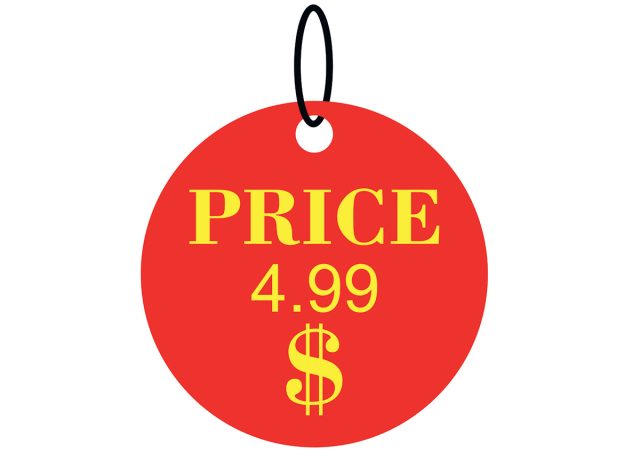
Have you noticed how many menu items are priced so they end in a .99 instead of just rounding up? This is a deliberate marketing strategy designed to trick you into thinking the price is significantly lower than it is. “Using psychological pricing to your advantage is key during times like these,” says Elie Ofek, Malcolm P. McNair Professor of Marketing Co-Unit Head, Marketing, at Harvard Business School. “When you raise prices, demand often falls—and sometimes consumer perceptions cause the fall to be so big that you’re better off absorbing at least some of the price increase yourself. Perceptions matter, so businesses have to be careful about how and what they charge.”
Buy-One-Get-One-Free

Buy-one-get-one-free deals are often designed to make you ignore the high cost of the “buy one” item. “I’m seeing a little bit more of this lately. People forget they’re paying full price for one of the items,” Ofek says. “They focus on the 50, 60, or 70 percent off of the second item and feel like they scored a great deal.”
Beware of the Kiosk
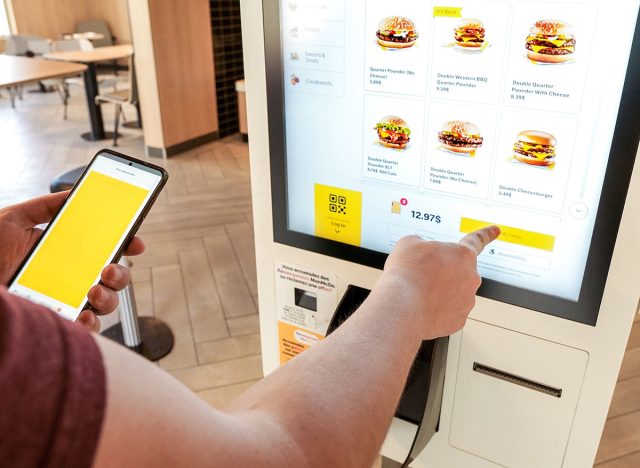
There’s a good reason Burger King, Shake Shack, McDonald’s, and others are focusing so heavily on expanding kiosks in restaurants. Aside from the savings in labor costs, customers who order at kiosks spend almost 10% more than those who order from a human employee, according to Shake Shack CEO Randy Garutti via Business Insider. Why? The employee may be trying to get you through the line as fast as possible, but the robot has all the time in the world to upsell you on fries and guac.
Combo Deals
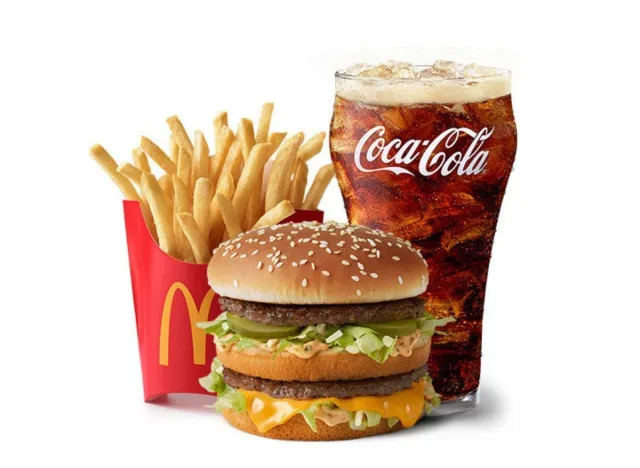
Sometimes, all you want is a sandwich. But if for a few dollars more you also get fries and a drink, you may be tempted to spend more. And if the larger combo meal is just another dollar more than the original combo meal offered, you might be tempted to spend yet more money for what seems like the even bigger, better deal. Yes, you get more food, but you also spent significantly more money than you intended before ordering.
Third-Party Delivery Partnerships
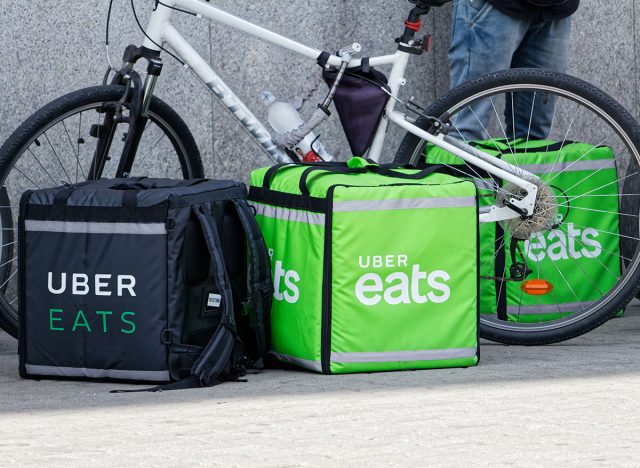
Whereas in the past you had to get up and either walk or drive to a fast food restaurant, you can now have it on your doorstep at the click of a button, making it easy to spend more. Fast food restaurants partner with third-party delivery apps to make ordering and delivery seamless—at a price. “Uber Eats, Just Eat and Deliveroo are our delivery partners,” says McDonalds. “We cook the delicious food and they deliver straight to your door.” Customers can easily spend twice the money they would through delivery on added fees and tips.
Offering Toys and Collectibles
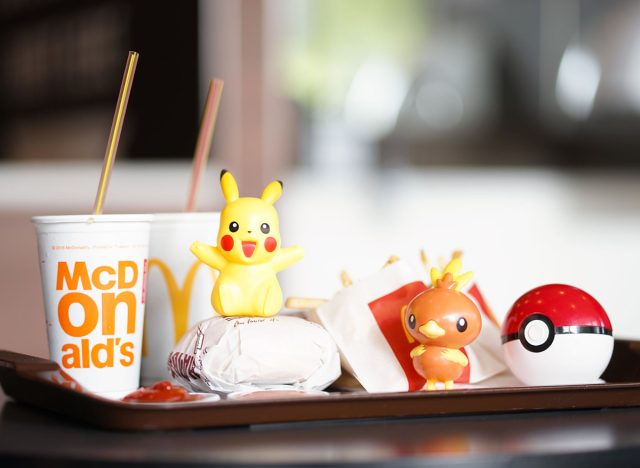
Pester power is a real thing—if kids are obsessed with collecting toys from Happy Meals, or limited edition Boo Buckets for Halloween, the parents are going to McDonald’s, even if they might actually prefer Taco Bell or Wendy’s. “We were losing our endorsement of the kids,” Bob Bernstein, an advertising executive who created the Happy Meal in the late 1970s, told CNN. “We wanted to reestablish ourselves with kids and the family and say we were kid friendly.” Jonathan Maze, the editor-in-chief at Restaurant Business Magazine, says Happy Meals are a huge part of why the chain is so successful. “McDonald’s place in the restaurant industry is second to none and largely because it has the family market,” he told CNN. “Burger King and Wendy’s have always struggled to attract families the way McDonald’s has.”
Celebrity Endorsements
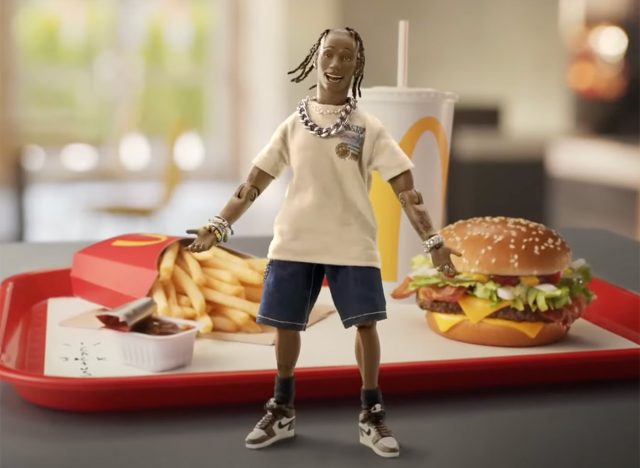
Celebrity endorsements are powerful—even if you suspect the celebrity in question (especially athletes) are not eating Jack In the Box every day, the marketing makes it easier to justify eating there yourself. For example, the Travis Scott Meal partnership with McDonald’s was so successful the chain ran out of ingredients. It clearly works.
Ferozan Mast









